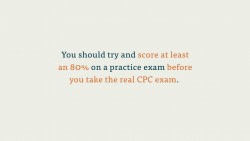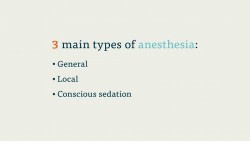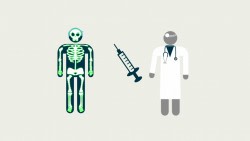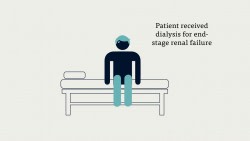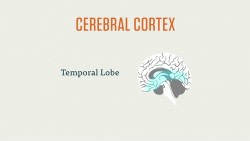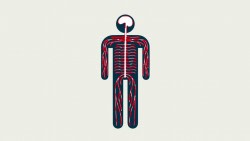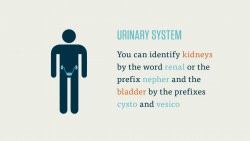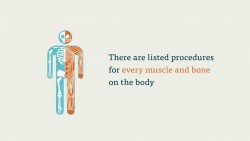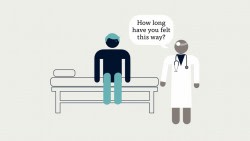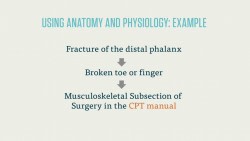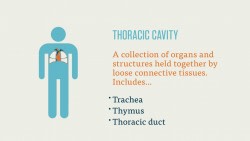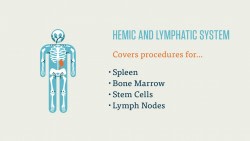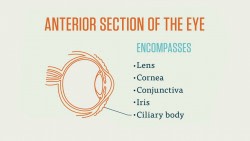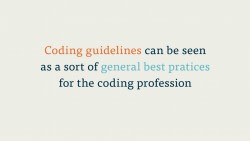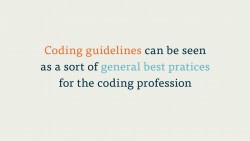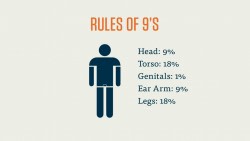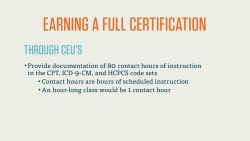The third code set you’ll be tested on is Healthcare Common Procedure Coding System, or HCPCS. HCPCS, if you’ll recall from Courses 2-10 and 2-11, is a code set developed by the Center for Medicare and Medicaid Studies (CMS) to help code procedures and medical equipment. HCPCS codes are used to report medical procedures to Medicare, Medicaid, and several other third-party payers.
HCPCS divided into two levels. The first level is identical to CPT Category I. Whether a code is a HCPCS Level I code or a CPT code depends on what payer it’s getting sent to. For the CPC exam, you’ll have to study HCPCS Level II, which is where the codes for a number of healthcare services not easily classifiable in CPT reside.
You will see approximately five questions on the CPC exam related to HCPCS Level II. Let’s take a look at HCPCS Level II now.
HCPCS Level II codes are five characters long, and each starts with a letter. This letter denotes which grouping the code is in. Here’s another look at the groupings of the Level II codes.
- A-codes: Transportation, Medical and Surgical Supplies, Miscellaneous and Experimental
- B-codes: Enteral and Parenteral Therapy
- C-codes: Temporary Hospital Outpatient Prospective Payment System
- D-codes: Dental codes
- E-codes: Durable Medical Equipment
- G-codes: Temporary Procedures and Professional Services
- H-codes: Rehabilitative Services
- J-codes: Drugs administered other than oral method, chemotherapy drugs
- K-codes: Temporary codes for durable medical equipment regional carriers
- L-codes: Orthotic/prosthetic services
- M-codes: Medical services
- P-codes: Pathology and Laboratory
- Q-codes: Temporary codes
- R-codes: Diagnostic radiology services
- S-codes: Private payer codes
- T-codes: State Medicaid agency codes
- V-codes: Vision/hearing services
Downloading the ebook will give you access to this list offline.
It helps to think of HCPCS Level II as the things medical professionals use, where CPT/HCPCS Level I are the procedures medical professionals perform using those things. In HCPCS Level II, you’ll find codes for injectible medicine, durable medical equipment (DME), chemotherapy drugs, and other crucial, but otherwise unclassifiable, medical equipment.
HCPCS Level II codes are the most specific out of any of the codes you’ll see on the CPC exam. There are different codes for each amount of injectible medicine, for instance, and each type of wrist brace, neck brace, wheelchair, and walker gets its own specific code.
As such, it’s extremely important that, if you see a HCPCS question on the CPC exam, you look up the code in your HCPCS manual. A question may have codes for four different neck braces, and paying attention to the small details provided in the question will help you select the correct answer.
One final note on HCPCS: You may encounter some HCPCS modifiers on the CPC exam. HCPCS modifiers, remember, are similar but different to CPT modifiers. Like CPT modifiers, HCPCS modifiers are two characters long and are added to the end of a procedure code with a hyphen. Unlike CPT modifiers, which are entirely numeric, HCPCS modifiers can be alphanumeric or entirely alpha.
HCPCS Modifiers provide a range of extra information about medical procedures, including where on the body the procedure was performed (such as what side of the body or which toe) and whether the procedure was performed in an ambulance or other distinct location. These modifiers may be used with CPT codes.


